التعبير الجيني لجينات السبتليزين بعد التعرض للأشعة فوق البنفسجية على فطريات الترايكوفيتون إندوتينيا المعزولة من المرضى العراقيين
DOI:
https://doi.org/10.32007/jfacmedbaghdad3116الكلمات المفتاحية:
الفطريات الجلدية ، العراق، التعبير الجيني، جينات السوبتليزين، ترايكوفيتون إندوتينيا، الأشعة فوق البنفسجيةالملخص
الخلفية: تعتبر جينات الضراوة للفطريات الجلدية من القضايا البحثية المهمة في السنوات الأخيرة. حيث تمتلك الفطريات الجلدية قابلية على تحليل الكيراتين، وهي بروتينات بنيوية مهمة موجودة في جلد الإنسان، بواسطة إنزيمات البروتييز التي تعد واحدة من أهم العوامل التي تؤثر على تطور وانتشار العدوى.
الأهداف: هدفت هذه الدراسة إلى التحقيق في تأثير الأشعة فوق البنفسجية على التعبيرالجيني عن جين الضراوة في السوبتيليزين على عزلات Trichophyton indotineae التي أجريت في بغداد، العراق.
الطرق: تم استخدام سبع عزلات من T.indotineae في هذه الدراسة، وتم استخدام وسط أجارالحليب منزوع الدسم لتقييم النشاط البروتيني للعزلات نوعيًا. حيث تم اختيار عزلة واحدة من T.indotineae ذات أعلى قطر لهالة التحلل للبروتين في الوسط وتم تعريضها لطول موجة الأشعة فوق البنفسجية (254-365 نانومتر) لفترات تعرض مختلفة. تم قياس التعبير عن جين SUB باستخدام تقنية RT-qPCR بخطوة واحدة.
النتائج: كما هو موضح في النتيجة، لاحظنا اتجاهات مميزة لتعبير جين SUB7 مع التعرض للأشعة فوق البنفسجية بطول موجة 365 نانومتر خلال فترة تعرض التي استمرت 6 دقائق وزادت بعد التعرض للأشعة فوق البنفسجية بطول موجة 254 نانومتر خلال 3 دقائق. أظهرت جميع الجينات المدروسة (SUB1 وSUB3 وSUB4 وSUB6 وSUB7) تعبيرًا عاليًا في التعرض للأشعة فوق البنفسجية لمدة 6 دقائق والتعرض للأشعة فوق البنفسجية لمدة 3 دقائق. كانت جميع الجينات أكثر تحريضًا من قمعها، باستثناء SUB3 الذي تم قمعه فقط عند تعرضه للأشعة فوق البنفسجية بطول موجة 254 نانومتر لمدة 12 دقيقة.
الخلاصة: هذه هي الدراسة الأولى التي تكشف عن التعبير الجيني لجينات SUB في T.indotineae في العراق. تُظهر النتائج أن الزيادة في التعبير عن جينات الضراوة قد تكون استجابة لظروف الإجهاد (تأثيرات الأشعة فوق البنفسجية) التي تعدل تعبير T.indotinea عن جينات الضراوة، خاصة بعد زيادة الانحباس الحراري العالمي وزيادة الإشعاع المسجل في الصيف في العراق.
المراجع
1. Cañete-Gibas CF, Mele J, Patterson HP, Sanders CJ, Ferrer D, Garcia V, et al. Terbinafine-Resistant Dermatophytes and the Presence of Trichophyton indotineae in North America. Journal of Clinical Microbiology.2023;61(8):e0056223.https://doi.org/10.1128/jcm.00562-23
2. Ebert A, Monod M, Salamin K, Burmester A, Uhrlaß S, Wiegand C, et al. Alarming India‐wide phenomenon of antifungal resistance in dermatophytes: A multicentre study. Mycoses. 2020;17;63(7):717-28.https://doi.org/10.1111/myc.13091
3. Khan S M, Farhana A, Amin U, Khan RA. Clinicomycological pattern of dermatomycosis – A two-year retrospective study in a tertiary care hospital of north India. Indian J Microbiol Res 2021;8(1):58-64.https://doi.org/10.18231/j.ijmr.2021.013
4. Ramos MLM, Coelho RA, Brito-Santos F, Guimarães D, Premazzi M, Zancopé-Oliveira RM, et al. Comparative Analysis of Putative Virulence-Associated Factors of Microsporum canis Isolates from Human and Animal Patients. Mycopathologia.2020;185(4):665–73. https://doi.org/10.1007/s11046-020-00470-9
5. Hernández BC, Rives IM, Manrique BA, Aragües IH, Gómez CL, Cazaña TG. Comment on: Report of terbinafine‐resistant Trichophyton indotineae in a pregnant patient—A diagnostic and therapeutic challenge. Journal of the European Academy of Dermatology and Venereology. 2023;38(7).https://doi.org/10.1111/jdv.19672
6. Herrera EM, Coutiño GM, Venado CEF, Castro HR, Arenas R, Almazán RP, et al. Main Phenotypic Virulence Factors Identified in Trichophyton rubrum. Journal of Biological Regulators and Homeostatic Agents. 2023; 37(5): 2345-2356 https://doi.org/10.23812/j.biol.regul.homeost.agents.20233705.231
7. Bitencourt TA, Lang EAS, Sanches PR, Peres NTA, Oliveira VM, Fachin AL, et al. HacA Governs Virulence Traits and Adaptive Stress Responses in Trichophyton rubrum. Frontiers in Microbiology. 2020;11. https://doi.org/10.3389/fmicb.2020.00193
8. Ferrall-Fairbanks MC, Kieslich CA, Platt MO. Reassessing enzyme kinetics: Considering protease-as-substrate interactions in proteolytic networks. Proceedings of the National Academy of Sciences. 2020;117(6):3307–18. https://doi.org/10.1073/pnas.1912207117
9. Baumbach C, Michler JK, Nenoff P, Uhrlaß S, Schrödl W. Visualising virulence factors: Trichophyton benhamiaes subtilisins demonstrated in a guinea pig skin ex vivo model. Mycoses. 2020;63(9):970–8. https://doi.org/10.1111/myc.13136
10. Dellière S, Jabet A, Abdolrasouli A. Current and emerging issues in dermatophyte infections. PLoS Pathogens. 2024;20(6):e1012258. https://pmc.ncbi.nlm.nih.gov/articles/PMC11175395/
11. Baumbach CM, Rückner A, Partusch L, Engel E, Schrödl W, Michler JK. Comprehensive Assessment of the Virulence Factors sub 3, sub 6 and mcpA in the Zoonotic Dermatophyte Trichophyton benhamiae Using FISH and qPCR. Journal of Fungi. 2021;8(1):24.https://doi.org/10.3390/jof8010024.
12. Martins-Santana L, Petrucelli MF, Sanches PR, Martinez-Rossi NM, Rossi A. Peptidase Regulation in Trichophyton rubrum Is Mediated by the Synergism Between Alternative Splicing and StuA-Dependent Transcriptional Mechanisms. Frontiers in Microbiology. 2022;13. https://doi.org/10.3389/fmicb.2022.930398
13. Chen J, Gao Y, Xiong S, Peng Z, Zhan P. Expression Profiles of Protease in Onychomycosis-Related Pathogenic Trichophyton rubrum and Tinea Capitis-Related Pathogenic Trichophyton violaceum. Mycopathologia. 2024;189(1).
https://doi.org/10.1007/s11046-024-00828-3
14. Baumbach CM, Rückner A, Partusch L, Engel E, Schrödl W, Michler JK. Comprehensive Assessment of the Virulence Factors sub 3, sub 6 and mcpA in the Zoonotic Dermatophyte Trichophyton benhamiae Using FISH and qPCR. Journal of Fungi. 2021;8(1):24.https://doi.org/10.3390/jof8010024
15. Bohacz J, Możejko M. Keratinolytic activity of pigmenting and non-pigmenting soils strains of Trichophyton ajelloi. International Biodeterioration & Biodegradation. 2023;186:105704.
https://doi.org/10.1016/j.ibiod.2023.105704
16. Gautham RC, Suhana SK, Kumar JN, Devi VK, Ulitappa G, Hasini B, et al. A cross-sectional clinicomycological study of tinea corporis in an indian tertiary care hospital. International Journal of Clinical Pharmacokinetics and Medical Sciences. 2024;4(3):28–37. https://doi.org/10.26452/ijcpms.v4i3.650
17. Al-Araji AM, Al-Jboury MH, Aboud HM. Induce mutations for Bavistin resistance in Trichoderma harzianum by UV-irradation. Iraqi Journal of Science. 2013;54(5). http://www.ijs.scbaghdad.edu.iq/issues/Vol54/No5/Vol54Y2013No5P1023-1035.pdf
18. Nematollahi AR, Badiee P, Nournia E. The efficacy of ultraviolet irradiation on trichophyton species isolated from nails. Jundishapur Journal of Microbiology. 2015;8(6). https://doi.org/10.5812/jjm.18158v2
19. Rio DC, Ares M, Hannon GJ, Nilsen TW. Purification of RNA using TRIZol (TRI reagent). Cold Spring Harbor Protocols. 2010;6:5439. https://doi.org/10.1101/pdb.prot5439
20. Khedmati E, Hazaveh SJH, Bayat M, Amini K. Identification of subtilisin virulence genes (SUB1-7) in Epidermophyton floccosum isolated from patients with dermatophytosis in Iran. Gene Reports. 2020;20:100748. https://doi.org/10.1016/j.genrep.2020.100748
21. Jacob TR, Peres NTA, Persinoti GF, Silva LG, Mazucato M, Rossi A, et al. rpb2is a reliable reference gene for quantitative gene expression analysis in the dermatophyte Trichophyton rubrum. Medical Mycology. 2012 ;50(4):368–77. https://doi.org/10.3109/13693786.2011.616230
22. Hashoosh QH, Al-Aaraji AMohsin. Metalloprotease Genes Expression in Trichophyton mentagraphytes and Trichophyton simii Contains Genetic Variations Isolated from Iraqi Patients Resistance to Ketoconazole and Amphotericin B. IOP Conference Series Earth and Environmental Science.2024;1325(1):012025. https://doi.org/10.1088/1755-1315/1325/1/012025
23. Dubljanin E, Zunic J, Vujcic I, Calovski IC, Grujicic SS, Mijatovic S, et al. Host-Pathogen interaction and resistance mechanisms in dermatophytes. Pathogens. 2024;13(8):657. https://doi.org/10.3390/pathogens13080657.
24. Mahmood HR, Shams-Ghahfarokhi M, Salehi Z, Razzaghi-Abyaneh M. Epidemiological trends, antifungal drug susceptibility and SQLE point mutations in etiologic species of human dermatophytosis in Al-Diwaneyah, Iraq. Scientific Reports. 2024;14(1). https://doi.org/10.1038/s41598-024-63425-w
25. Kubaisi T. Resistant dermatophytosis: a stubborn habit and major challenge in Iraq. Al- Anbar Medical Journal. 2023; 19(2): 78–80..https://doi.org/10.33091/amj.2023.141295.1225
26. Wong HJ, Mohamad-Fauzi N, Rizman-Idid M, Convey P, Alias SA. Protective mechanisms and responses of micro-fungi towards ultraviolet-induced cellular damage. Polar Science. 2018;20:19–34. https://doi.org/10.1016/j.polar.2018.10.001
27. Çavuşoğlu K, Macar TK, Macar O, Çavuşoğlu D, Yalçın E. Comparative investigation of toxicity induced by UV-A and UV-C radiation using Allium test. Environmental Science and Pollution Research. 2022;29(23):33988–98. https://doi.org/10.1007/s11356-021-18147-1.
28. Gao P, Jin K, Xia Y. The phosphatase gene MaCdc14 negatively regulates UV-B tolerance by mediating the transcription of melanin synthesis-related genes and contributes to conidiation in Metarhizium acridum. Current Genetics. 2019;66(1):141–53.
https://doi.org/10.1007/s00294-019-01008-
30.Mohammad TH, Habeb KA. Epidemiological study of keratinophilic fungi in Baghdad swimming pools. Baghdad Science Journal. 2014;11(3):1122–9. https://doi.org/10.21123/bsj.2014.11.3.1122-1129
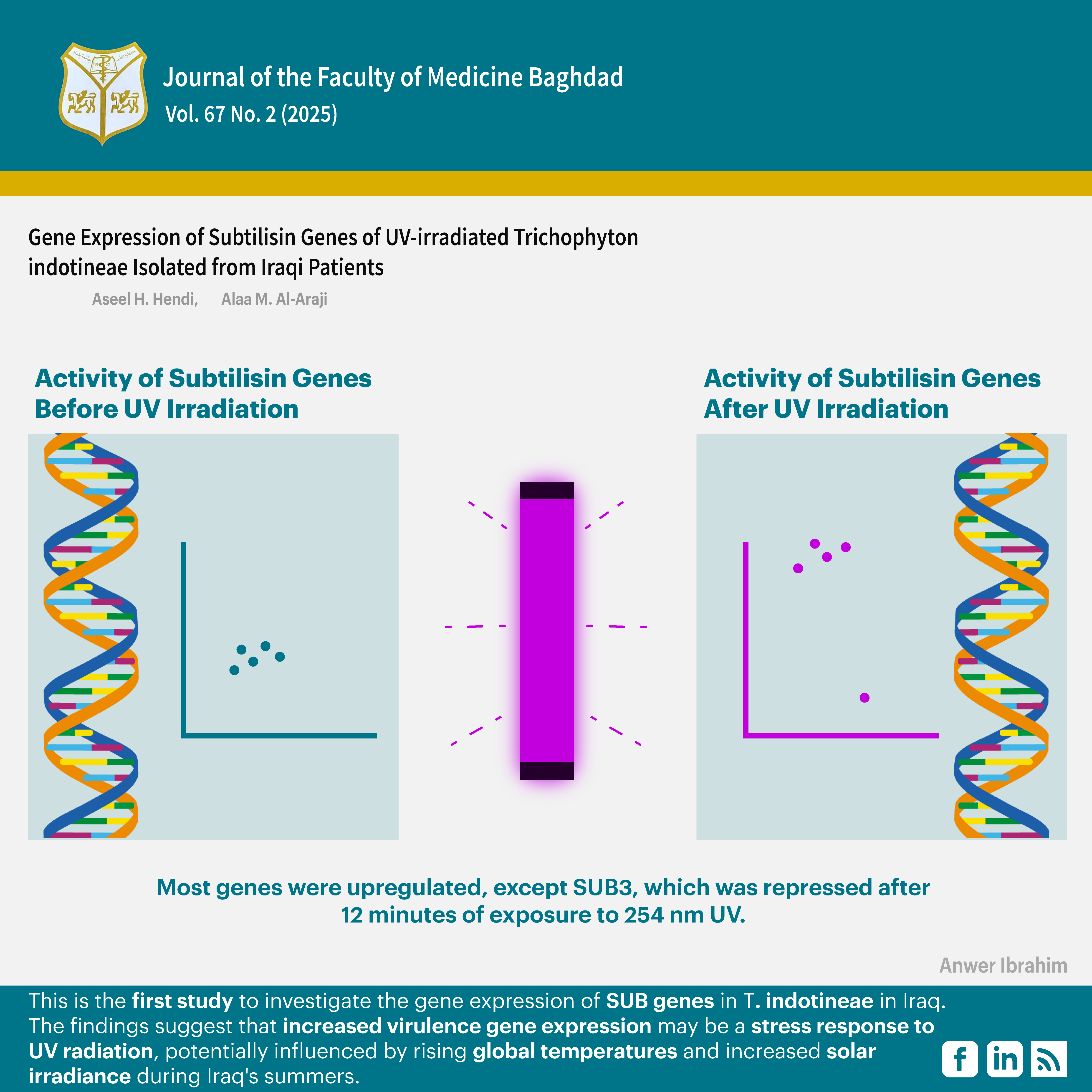
التنزيلات
منشور
إصدار
القسم
الفئات
الرخصة
الحقوق الفكرية (c) 2025 Aseel H. Hendi, Alaa Al-Araji

هذا العمل مرخص بموجب Creative Commons Attribution 4.0 International License.

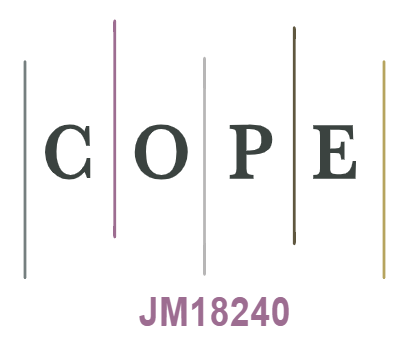

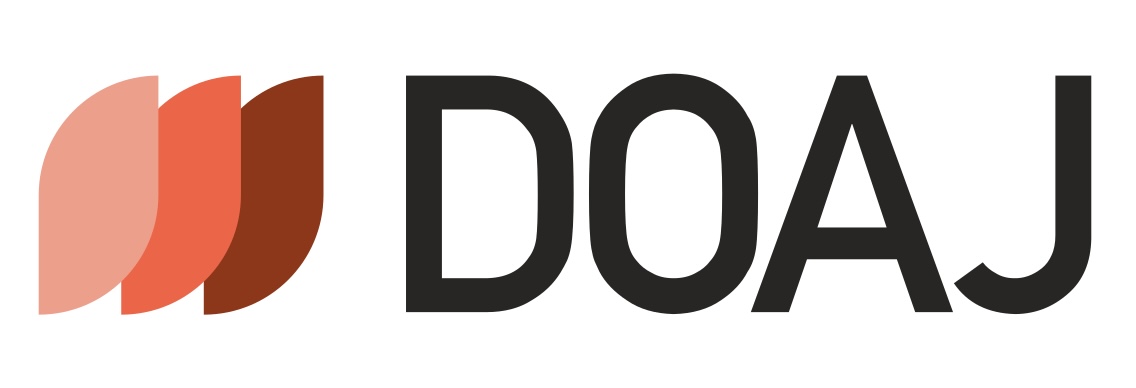



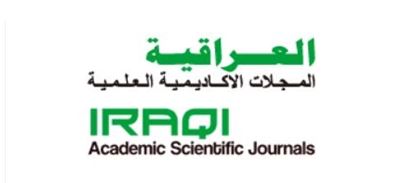


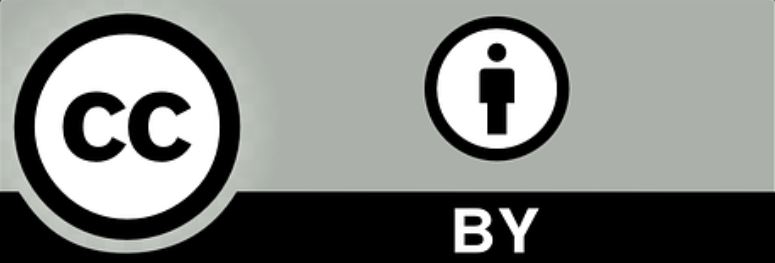 Creative Commons Attribution 4.0 International license..
Creative Commons Attribution 4.0 International license..


